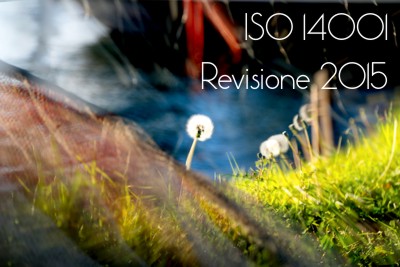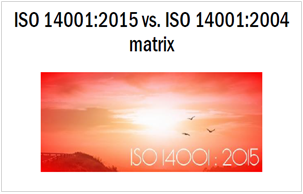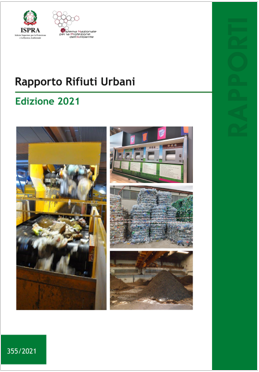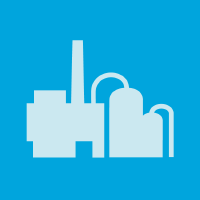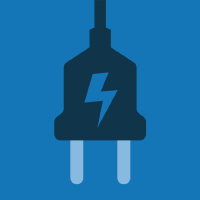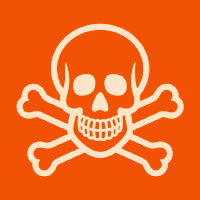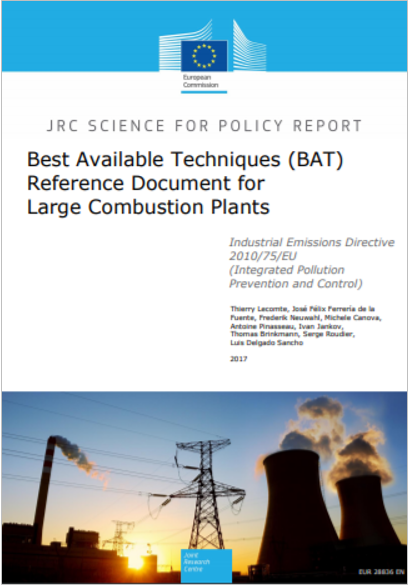
Best Available Techniques (BAT) Reference Document for Large Combustion Plants
Industrial Emissions Directive 2010/75/EU (Integrated Pollution Prevention and Control)
The BAT Reference Document (BREF) for Large Combustion Plants is part of a series of documents presenting the results of an exchange of information between the EU Member States, the industries concerned, non-governmental organisations promoting environmental protection, and the Commission, to draw up, review, and -where necessaryupdate BAT reference documents as required by Article 13(1) of Directive 2010/75/EU on Industrial Emissions.
This document is published by the European Commission pursuant to Article 13(6) of the Directive. This BREF for Large Combustion Plants concerns the following activities specified in Annex I to Directive 2010/75/EU:
- 1.1: Combustion of fuels in installations with a total rated thermal input of 50 MW or more, only when this activity takes place in combustion plants with a total rated thermal input of 50 MW or more.
- 1.4: Gasification of coal or other fuels in installations with a total rated thermal input of 20 MW or more, only when this activity is directly associated to a combustion plant.
- 5.2: Disposal or recovery of waste in waste co-incineration plants for non-hazardous waste with a capacity exceeding 3 tonnes per hour or for hazardous waste with a capacity exceeding 10 tonnes per day, only when this activity takes place in combustion plants covered under 1.1 above. In particular, this document covers upstream and downstream activities directly associated with the aforementioned activities including the emission prevention and control techniques applied.
The fuels considered in this document are any solid, liquid and/or gaseous combustible material including:
- solid fuels (e.g. coal, lignite, peat);
- biomass (as defined in Article 3(31) of Directive 2010/75/EU);
- liquid fuels (e.g. heavy fuel oil and gas oil);
- gaseous fuels (e.g. natural gas, hydrogen-containing gas and syngas);
- industry-specific fuels (e.g. by-products from the chemical and iron and steel industries);
- waste except mixed municipal waste as defined in Article 3(39) and except other waste listed in Article 42(2)(a)(ii) and (iii) of Directive 2010/75/EU.
Important issues for the implementation of Directive 2010/75/EU in the Large Combustion Plants sector are the emissions to air of nitrogen oxides, sulphur dioxide, hydrogen chloride and fluoride, organic compounds, dust, and metals including mercury; emissions to water resulting especially from the use of wet abatement techniques for the removal of sulphur dioxide from the flue-gases; resource efficiency and especially energy efficiency.
This BREF contains 12 chapters.
Chapters 1 and 2 provide general information on the Large Combustion Plants industrial sector and on the industrial processes used within this sector.
Chapter 3 provides data and general information concerning the environmental performance of installations within the sector in terms of water consumption, the generation of waste and general techniques used within this sector. It also describes in more detail the general techniques to prevent or, where this is not practicable, to reduce the environmental impact of installations in this sector that were considered in determining the BAT.
Chapters 4 to 9 provide the following information given below on specific combustion processes (gasification, combustion of solid fuel, combustion of liquid fuel, combustion of gaseous fuel, multi-fuel combustion and waste co-incineration).
Chapter 10 presents the BAT conclusions as defined in Article 3(12) of the Directive.
Chapter 11 presents information on 'emerging techniques' as defined in Article 3(14) of the Directive.
Chapter 12 is dedicated to concluding remarks and recommendations for future work.
add more in attachment
Collegati
Allegati
|
Descrizione |
Lingua |
Dimensioni |
Downloads |
 |
|
EN |
26309 kB |
11 |
